Main Technical Achievements M24 | INEGI
Nanocomposites with enhanced performance and smart capabilities (INEGI)
In the first 24 months of this project, INEGI studied the influence of carbon-based nanomaterials having different geometries, including one dimensional (1D-) carbon nanofibers (CNFs), and two dimensional (2D-) reduced graphene oxide (rGO) or graphene nanoplatelets (GNPs), on the mechanical and electrical performance of the epoxy resin. These carbon-based nanomaterials have been produced by SMARTFAN partners, NTUA and FORTH, under optimized conditions. Since continuous conductive networks are susceptible to external mechanical stimuli, 2D-rGO or 1D-CNFs nanocomposites were investigated as promising in-situ strain sensors. The Figure 1 showed the evaluation of the piezoresistive behavior of epoxy-based nanocomposites under quasi-static mechanical measurements.
A different behavior was systematically observed for nanomaterials having different geometric features showing that epoxy-based nanocomposites are promising materials for strain sensing applications with both tunable sensitivity and strain range. The DC electrical resistance of nanocomposites containing 2D-rGO increased monotonically until the ultimate failure, while for those reinforced with 1D-CNFs, the electrical resistance increased until a certain strain, followed by an increase of the conductivity that was promoted by the formation of alternative conductive networks through the connection of neighboring 1D-CNFs.
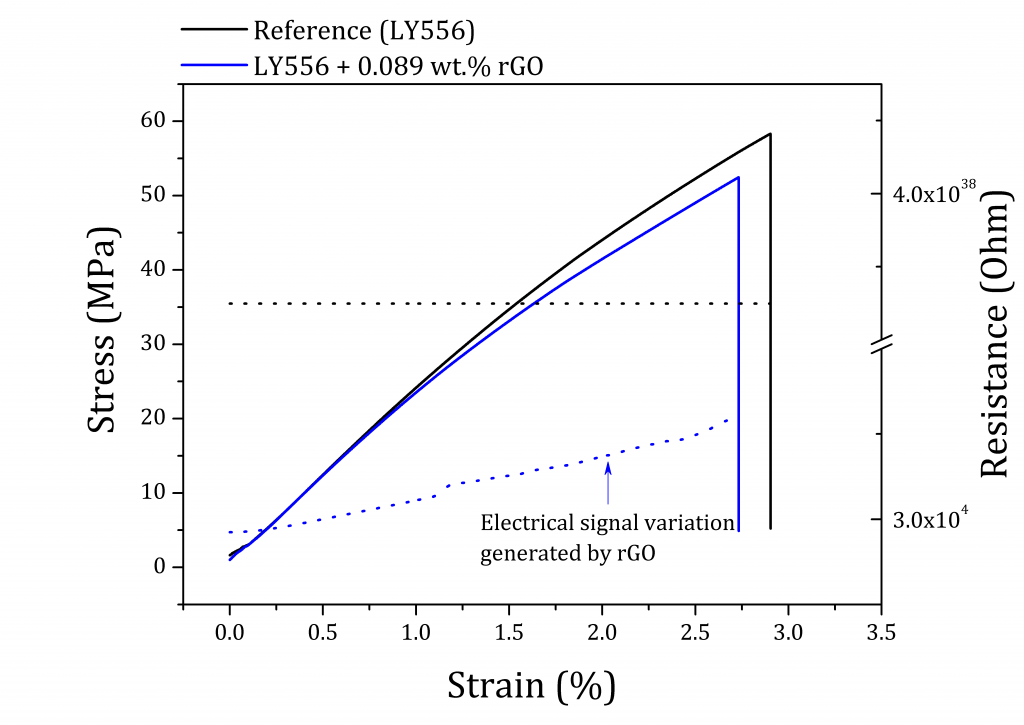
Figure 1
The evaluation of the piezoresistive behavior of epoxy-based nanocomposites under quasi-static mechanical measurements
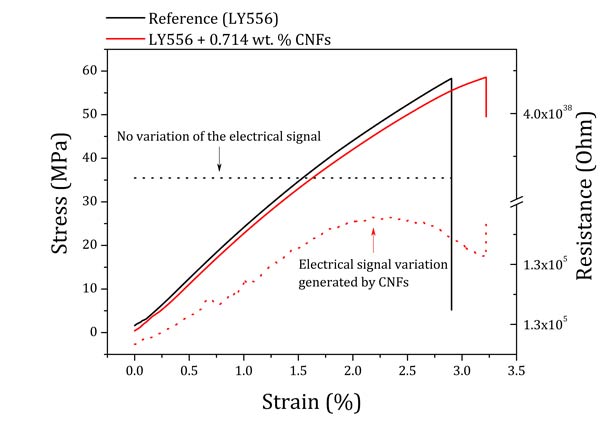
Smart carbon fiber reinforced polymers (CFRPs) (INEGI)
INEGI also used the modified epoxy matrices for manufacturing of nano-enabled carbon fibre reinforced polymer (CFRP) composites. The incorporation of carbon-based nanomaterials displayed a positive effect on both mechanical and electrical performance of the materials, which are being investigated for the production of racing car components. Great results have been already achieved for nano-enabled CFRP composites, especially in terms of their resistance against delamination. The modified CFRP composites with 2D-GNPs exhibited the impressive 100% improvements on the interlaminar fracture toughness, as it can be seen in Figure 2.
SEM images of the nano-enabled CFRPs specimens tested are displayed in Figure 3 denoting the presence of modified resin with 2D-rGO or 2D-GNPs covering the surface of the carbon fibers. The presence of well-dispersed nanomaterials in the modified CFRPs introduced new toughening mechanisms that enhanced the interlaminar properties. Smart CFRP composites with for strain sensing applications are under development at this moment.
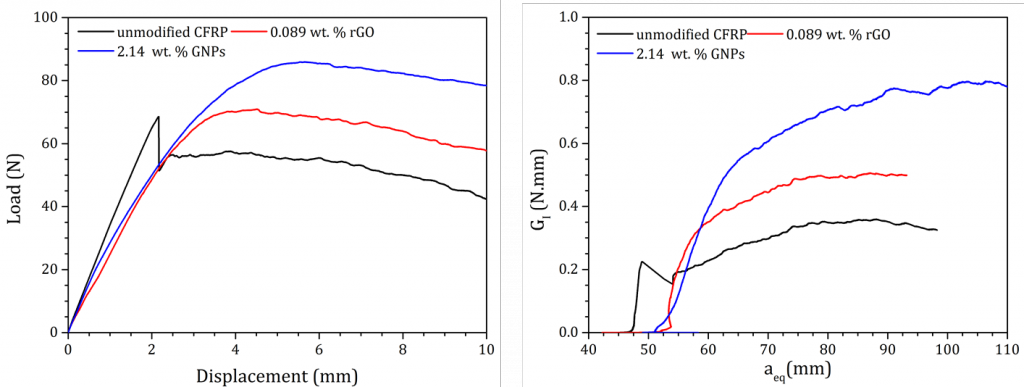
Figure 2
Representative load vs. displacement and resistance curves of the double cantilever beam (DCB) tests performed on unmodified and modified CFRPs with rGO or GNPs.


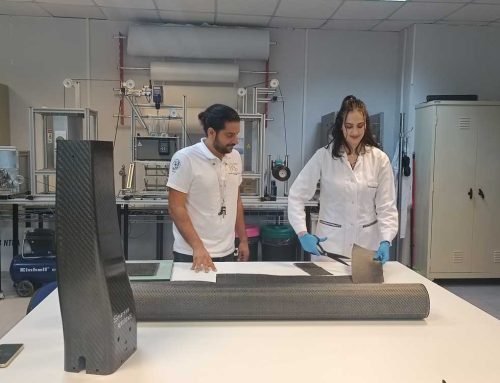
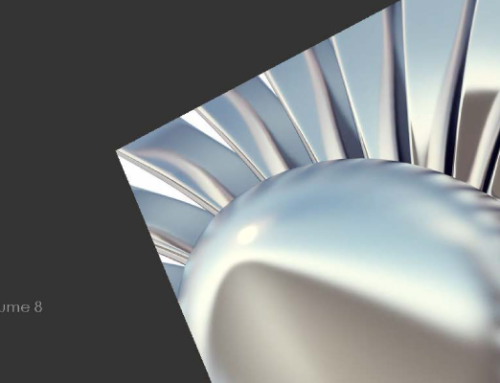
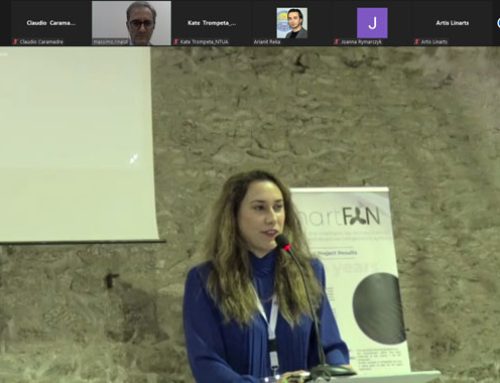
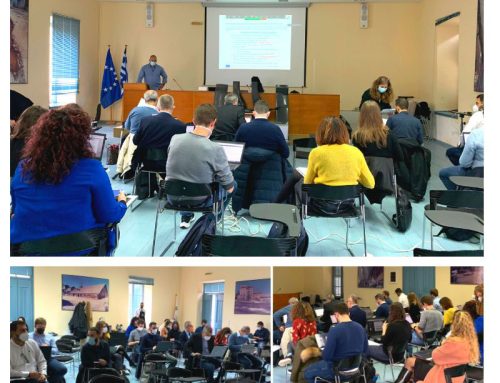
Leave A Comment